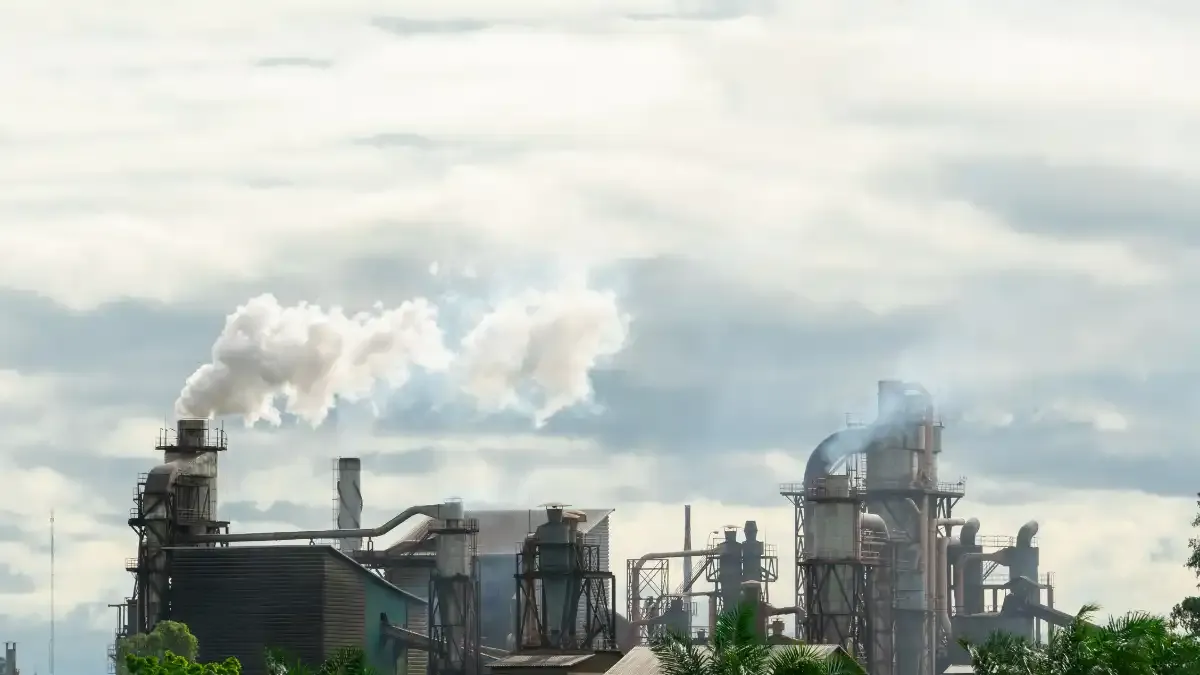The United States plays a significant role in the global stage regarding greenhouse gas emissions. Despite currently being the second-largest emitter after China, the U.S. has released more cumulative carbon dioxide (CO₂) into the atmosphere than any other nation. In this blog post, we'll explore the journey of U.S. carbon emissions, recent changes, and the nation's efforts to combat climate change.
Recognizing Trends in US CO2 Emissions:
Between 1990 and 2005, U.S. CO₂ emissions from energy consumption surged by nearly 20%, reaching six billion metric tons (GtCO₂). However, since 2005, there has been a positive shift, with the country successfully reducing emissions by over 17%. Notably, 2020 saw a remarkable 11% drop in CO₂ levels, mainly attributed to the COVID-19 pandemic. Although emissions have increased post-pandemic, they remained below pre-2020 levels in 2022.
Driving Forces Behind Emission Reductions:
A significant contributor to the reduction in U.S. emissions over the past two decades is the transformation of the power industry. In the early 2000s, power generation was the primary source of emissions. However, a strategic shift away from coal-fired power in favor of natural gas and renewable energy, such as solar PV and wind, has led to a 35% decrease in emissions from this sector since 2005. In contrast, emissions from the transportation sector, now the leading carbon-polluting industry, only saw a 7% reduction during the same period.
Decarbonizing the U.S. Economy:
While the U.S. has made significant strides in reducing emissions, the pace must accelerate to achieve the ambitious climate target of halving greenhouse gas emissions by 2030, relative to 2005. The Inflation Reduction Act (IRA) was enacted to expedite these efforts in 2022. Representing the largest climate investment in U.S. history, the IRA allocates substantial federal spending toward low-carbon technologies like electric vehicles, carbon capture, and renewables.
The IRA's Impact:
Projections suggest that the IRA could potentially lead to a nearly 40% reduction in U.S. economy-wide CO₂ emissions by 2030, compared to approximately 31% without it. Despite this optimistic outlook, experts remain cautious about the immediate impact of the IRA, as the fruition of new projects will take several years. It's a crucial step, but ongoing dedication and innovation are essential to achieving a sustainable and resilient future. As the U.S. navigates this journey towards a greener tomorrow, collective efforts are key in mitigating the impacts of climate change.
